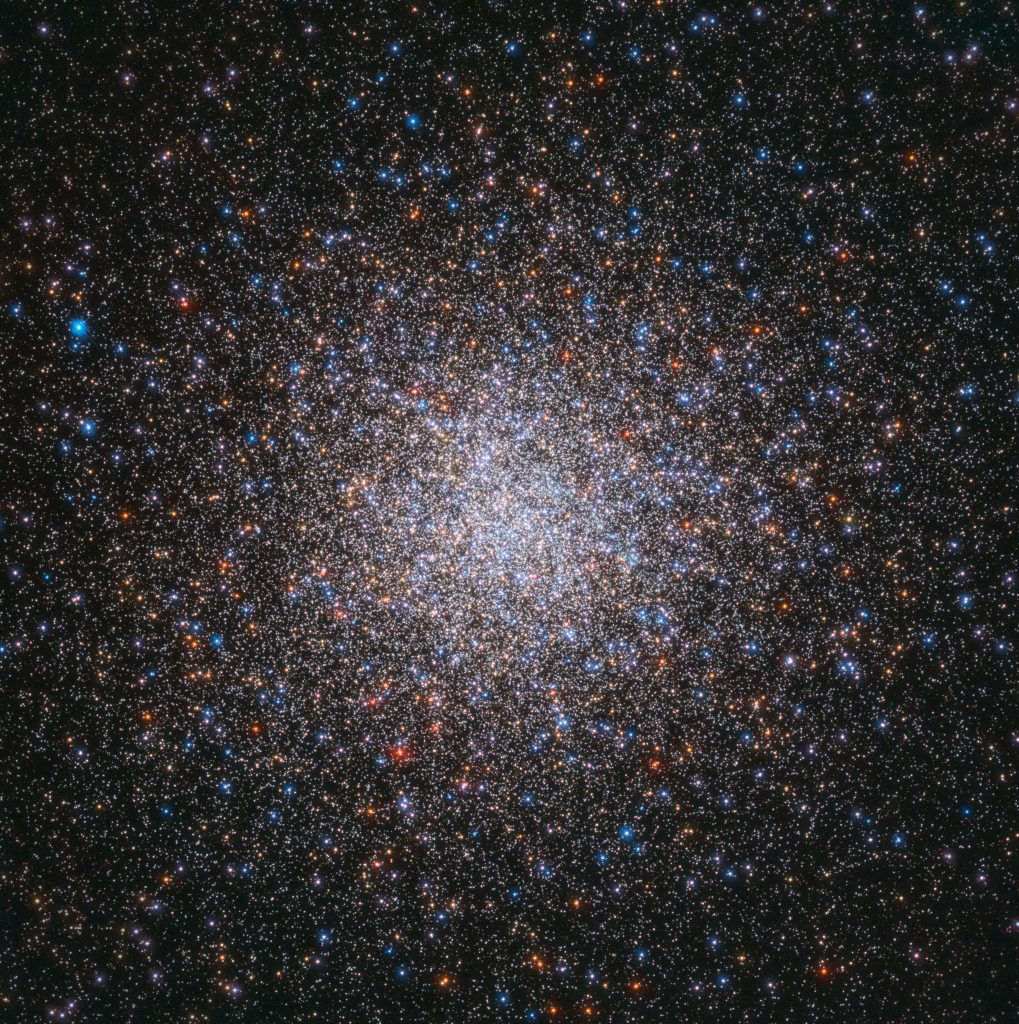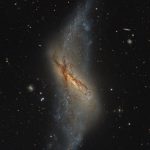Foto astronómica del día
Descripción original:
Messier 2
Messier 2
2024-12-19
After the Crab Nebula, this giant star cluster is the second entry in 18th century astronomer Charles Messier’s famous list of things that are not comets. M2 is one of the largest globular star clusters now known to roam the halo of our Milky Way galaxy. Though Messier originally described it as a nebula without stars, this stunning Hubble image resolves stars across the cluster’s central 40 light-years. Its population of stars numbers close to 150,000, concentrated within a total diameter of around 175 light-years. About 55,000 light-years distant toward the constellation Aquarius, this ancient denizen of the Milky Way, also known as NGC 7089, is 13 billion years old. An extended stellar debris stream, a signature of past gravitational tidal disruption, was recently found to be associated with Messier 2.
Copyright:
Comentario de la AI
Desvelando el Enigma del Cúmulo Globular Messier 2
Desvelando el Enigma del Cúmulo Globular Messier 2

Messier 2 es una de las joyas más intricadas en la lista de objetos celestiales del astrónomo del siglo XVIII, Charles Messier. A pesar de su primera descripción como una nebulosa sin estrellas, hoy sabemos que es uno de los cúmulos estelares globulares más grandes que habitan el halo de nuestra galaxia, la Vía Láctea. A través de la lente del Telescopio Espacial Hubble, se han resuelto magnánimamente las estrellas que abarcan los 40 años luz centrales de Messier 2.
Un Cúmulo de Estrellas en la Constelación de Acuario
Este cúmulo estelar, también conocido como NGC 7089, se encuentra aproximadamente a 55,000 años luz de distancia, hacia la constelación de Acuario. Su notable población de estrellas, cercana a las 150,000, se concentra en un diámetro de unos 175 años luz. Con una edad estimada de 13 mil millones de años, es un verdadero ancestro estelar de nuestra galaxia.
Una Huella Cósmica del Pasado
Recientemente, se ha descubierto un arroyo alargado de escombros estelares, una firma de su pasado de disrupción gravitacional marea, asociado con Messier 2. Este descubrimiento nos proporciona pistas valiosas sobre las dinámicas gravitacionales y los encuentros del pasado que moldearon estas estructuras majestuosas en el cosmos.


